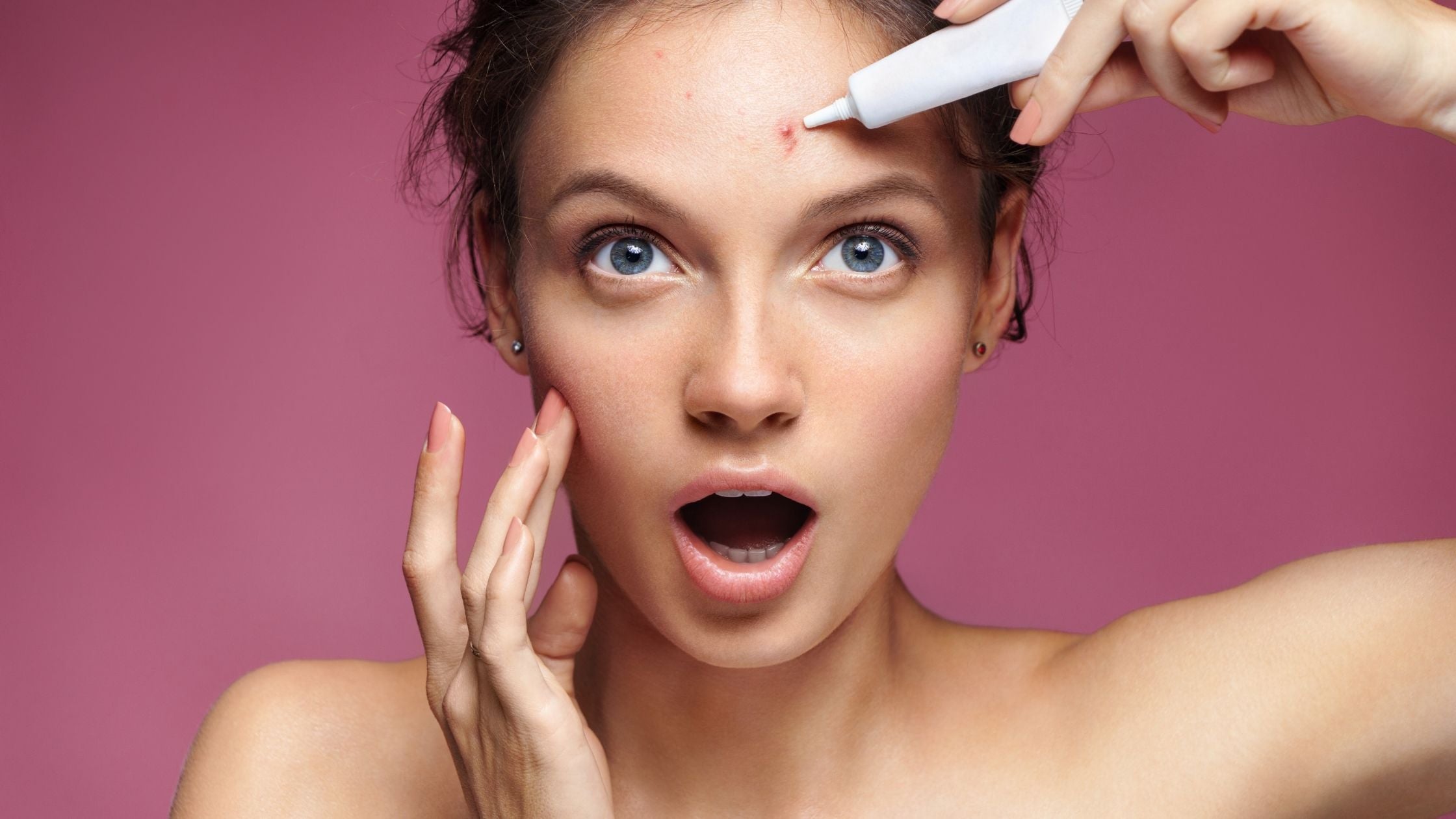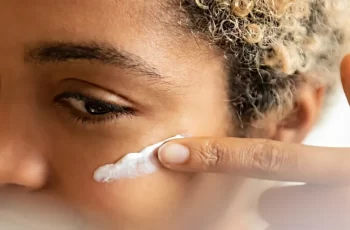
**Can Retinol and Azelaic Acid Be Mixed Together?**
Yes, **retinol** and **azelaic acid** can be used together in your skincare routine, but with a few considerations. Both of these ingredients offer powerful benefits, from reducing acne and pigmentation to boosting skin texture and collagen production. When combined effectively, they can work synergistically to improve the overall appearance of your complexion. However, as they are both potent actives, it’s important to understand how they interact with the skin and how to use them properly to avoid irritation, especially for those with sensitive skin.
### What is Azelaic Acid?
Azelaic acid is a naturally occurring acid found in grains like barley and wheat, and it is known for its **gentle exfoliating properties**. Here’s a quick rundown of its benefits:
– **Anti-inflammatory**: Azelaic acid helps soothe skin, reducing redness and inflammation, making it a great option for those with sensitive skin or conditions like **rosacea**.
– **Antibacterial**: It helps to clear up acne and prevent future breakouts by killing acne-causing bacteria.
– **Reduces hyperpigmentation**: Azelaic acid can lighten dark spots, post-acne scars, and hyperpigmentation, leading to a more even skin tone.
– **Mild exfoliation**: Azelaic acid sloughs off dead skin cells, revealing smoother skin without the intense irritation some other exfoliating acids might cause.
### What is Retinol?
Retinol, also known as **vitamin A**, is one of the most potent skincare ingredients for **anti-aging** and **skin renewal**. It speeds up skin cell turnover, encourages collagen production, and can reduce fine lines, wrinkles, and hyperpigmentation. Here’s a breakdown of its benefits:
– **Speeds up skin cell turnover**: Helps fade dark spots and acne scars, revealing smoother and brighter skin.
– **Stimulates collagen production**: Increases skin elasticity, which can reduce the appearance of fine lines and wrinkles.
– **Fights acne**: Helps prevent clogged pores, reduces sebum production, and treats existing acne.
– **Thickens the skin**: This makes your skin more resilient to free radical damage.
### Can Retinol and Azelaic Acid Be Used Together?
Yes, **retinol and azelaic acid can be used together** but with caution. Both ingredients work on skin texture and pigmentation, but they have different mechanisms. Here’s how they can complement each other:
– **Azelaic acid** is gentler and often used to soothe the skin, while **retinol** is more aggressive in terms of exfoliation and increasing skin cell turnover.
– Combining these two can help **reduce acne**, improve **skin tone**, and tackle **hyperpigmentation** and **fine lines**. Azelaic acid’s soothing properties can also help mitigate some of the irritation that can occur with retinol use.
### How to Use Retinol and Azelaic Acid Together
While they can be used in the same routine, it’s crucial to apply them **correctly** to avoid irritation. Here are some tips:
#### 1. **Layering Order**
You’ll need to layer these ingredients in the correct order for maximum effectiveness:
– **Use Azelaic Acid in the Morning**: Azelaic acid can be used in the morning, as it does not make the skin more sensitive to the sun like retinol does. Apply it after your cleanser, toner, and before your moisturizer and sunscreen.
– **Apply Retinol at Night**: Since retinol increases sun sensitivity, it should only be used in the evening. Apply it after cleansing, and wait for it to fully absorb before applying a moisturizer.
#### 2. **Alternate Use (If Needed)**
If your skin is particularly sensitive or prone to irritation, you might want to **alternate** these ingredients to reduce the risk of over-exfoliation. For example:
– **Morning**: Azelaic acid (daily or every other day, depending on skin tolerance)
– **Evening**: Retinol (start with 2-3 times a week and gradually increase as your skin builds tolerance)
#### 3. **Start Slow**
Both retinol and azelaic acid can cause irritation if your skin isn’t used to them, so start by using them sparingly. Begin with **low concentrations** and gradually increase as your skin adjusts.
#### 4. **Hydration Is Key**
Both retinol and azelaic acid can be drying, so make sure to keep your skin hydrated. Follow up with a rich moisturizer to lock in hydration and protect your skin’s natural barrier.
#### 5. **SPF is Essential**
Both azelaic acid and retinol increase your skin’s sensitivity to the sun, so it’s crucial to wear **sunscreen** every day, even if you’re not using these ingredients that day. Opt for **SPF 30 or higher** to protect your skin from harmful UV rays.
### Which Ingredient Should Be Used First: Azelaic Acid or Retinol?
The order of application depends on the formulation of the products, but as a general rule:
– **Azelaic Acid** is typically found in **serums** or **creams**, which are usually lighter in consistency. Apply it first.
– **Retinol** can be found in **serums**, **oils**, or **moisturizers**, which are typically thicker. Apply retinol **last** in your evening routine after azelaic acid has had time to absorb.
Remember to wait a few minutes between applying each product to give your skin time to absorb them properly and avoid irritation.
### Can You Use Retinol, Azelaic Acid, and Niacinamide Together?
Yes, **niacinamide** can be safely used with both **retinol** and **azelaic acid**, but like with the others, care must be taken to avoid irritation. Niacinamide has **anti-inflammatory properties** and can help soothe the skin, making it a great complement to these actives. The best way to use them together is:
– **Morning**: Use azelaic acid and niacinamide (azelaic acid as a toner or serum and niacinamide as a serum or moisturizer).
– **Evening**: Use retinol and niacinamide together (apply retinol first, then niacinamide).
You can also alternate between using azelaic acid in the morning and retinol in the evening, as discussed above.
### Is Azelaic Acid Better Than Retinol?
Both **azelaic acid** and **retinol** have unique benefits, and neither is universally better than the other. It really depends on your skin’s needs:
– **Retinol** is a powerhouse for anti-aging, acne, and overall skin texture improvement. It’s great for tackling fine lines, wrinkles, and acne scars but can be harsh on sensitive skin.
– **Azelaic acid** is a gentler option, especially for those with sensitive or rosacea-prone skin. It’s also effective for treating acne, pigmentation, and reducing inflammation.
In many cases, using **both** together can give you the best of both worlds: retinol for its anti-aging and acne-fighting properties, and azelaic acid for its gentle, anti-inflammatory effects that help with pigmentation and overall skin clarity.
### Final Thoughts
In conclusion, **retinol and azelaic acid can be used together**, and doing so can enhance your skincare routine, especially if you’re dealing with acne, hyperpigmentation, or aging concerns. Just make sure to start slow, monitor your skin’s response, and always use sunscreen during the day. If you have sensitive skin or are unsure how your skin will react, consider alternating their use or consulting with a dermatologist for personalized advice.


